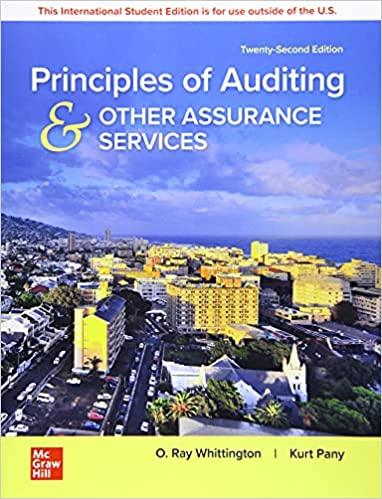


Saved Check my work mode : This shows what is correct or incorrect for the work you have completed so far. It does not ind Required information [The following information applies to the questions displayed below.] Laker Company reported the following January purchases and sales data for its only product. The Company uses a perpetual inventory system. For specific identification, ending inventory consists of 250 units from the January 30 purchase, 5 units from the January 20 purchase, and 20 units from beginning inventory. Units sold at Retail Units Acquired at Cost 165 units @ $ 9.00 = 7 $ 1,485 125 units Date January 1 January 10 January 20 January 25 January 30 @ $ 18.00 Activities Beginning inventory Sales Purchase Sales Purchase Totals 110 units @ $ 8.00 = 880 125 units @ $ 18.00 @ $ 7.50 = 250 units 525 units 1,875 $ 4,240 250 units Required: 1. Complete the table to determine the cost assigned to ending inventory and cost of goods sold using specific identification. 2. Determine the cost assigned to ending inventory and to cost of goods sold using weighted average. 3. Determine the cost assigned to ending inventory and to cost of goods sold using FIFO. 4. Determine the cost assigned to ending inventory and to cost of goods sold using LIFO. 2 02J2PwConnectmheducation.com%252Fe/ac TILAI DAN ETIKA P... 44628-143588-1-S... 6 My Fabulous Journ.... Saved H Check my work mode : This shows what is correct or incorrect for the work you have completed so far. It does not indicate completic Required information Aveiaye Determine the cost assigned to ending inventory and to cost of goods sold using weighted average. (Round cost per unit to 2 decimal places.) Weighted Average - Perpetual: Cost of Goods Sold Inventory Balance Date Goods Purchased Cost # of units per unit # of units sold Cost per unit Cost of Goods Sold # of units Cost per unit Inventory Balance January 1 165 at $ 9.00 $ 1,485.00 January 10 125 at $ 9.00 = $ 1,125.00 40 at $ 9.00 $ 360.00 110 at $ 8.00 40 at $ 9.00 $ January 20 360.00 110 at $ 8.00 880.00 Average cost January 20 150 at $ 8.00 X $ 1,240.00 January 25 125 at IS 8.00 X = $ 1,000.00 25 at $ 8.00 X = S 200.00 250 at $ 7.50 25 at $ 8.00 $ 200.00 January 30 250 at $ 7.50 Totals 1,875.00 2,075.00 $ 2,125.00 275 at $ 7.50 X $ CP Saved Check my work mode : This shows what is correct or incorrect for the work you have completed so far. It does not Required information Average Determine the cost assigned to ending inventory and to cost of goods sold using LIFO. Perpetual LIFO: Cost of Goods Sold Cost # of units Cost of sold per Goods Sold unit Goods Purchased Cost # of units per unit Date Inventory Balance Cost per Inventory Balance unit # of units January 1 165 at $ 9.00 = $ 1,485.00 January 10 January 20 Total January 20 January 25 Total January 25









